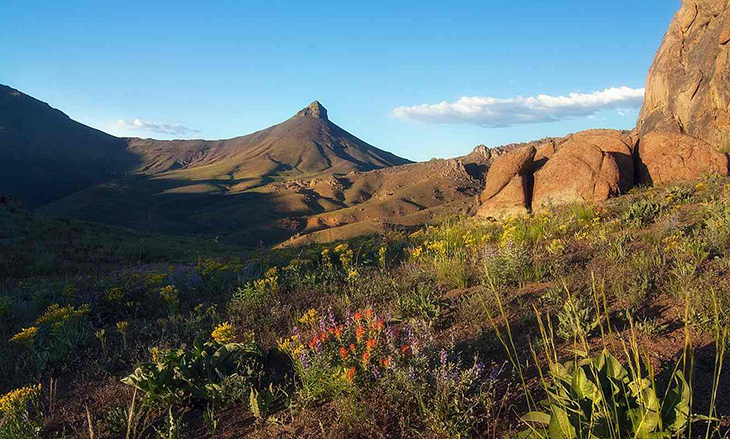
In a world driven by the insatiable demand for lithium, the recent revelation of the vast lithium reserves hidden within the McDermitt caldera stands as a game-changer of unprecedented magnitude.
This geological treasure trove, with its astonishing estimated reserves of 40 million metric tons, surpasses every known lithium deposit on the planet. If even half of this colossal reserve is successfully extracted, it promises to reshape the global landscape dramatically.
To put the McDermitt caldera’s significance into perspective, earlier this year, the world marveled at the discovery of 5.9 million metric tons of lithium reserves in the Indian mountains near Kashmir, which catapulted India into the ranks of countries with substantial lithium holdings.
However, this find pales in comparison to the monumental McDermitt caldera reserves, dwarfed by a staggering 700%. These 40 million metric tons not only surpass every known lithium-producing mine but also signify a pivotal addition to the world’s lithium resources, at a time when the demand for lithium is skyrocketing.
The world’s insatiable need for lithium extends far beyond batteries, encompassing the production of computer chips and a multitude of high-tech devices. Consequently, the emergence of a new and abundant source of lithium is met with eager anticipation. It could potentially alleviate the increasing pressure on the existing supply chain and ensure a more stable source for an essential mineral that fuels our digital age.
Before this revelation, significant lithium deposits were scattered across the globe. Bolivia, for instance, was believed to house the world’s largest lithium deposits, ranging between 16 to 21 million metric tons. Yet, political unrest and sluggish development have hindered the extraction of these valuable resources. The McDermitt caldera, with its immense reserves, holds the potential to shift the balance of lithium production away from regions plagued by instability, offering a more reliable and accessible source.
Anouk Borst, a geologist at KU Leuven University, told journalist Anthony King, “If you believe their back-of-the-envelope estimation, this is a very, very significant deposit of lithium. It could change the dynamics of lithium globally, in terms of price, security of supply, and geopolitics.”
A closer examination of the McDermitt caldera reveals a unique treasure hidden within the sediments: a claystone rich in illite. This claystone possesses a remarkable lithium composition, potentially reaching as high as 2.4%, exceeding the more commonly extracted magnesium smectite.
This composition is a testament to the extraordinary geological events that shaped this landscape. The caldera was formed by a cataclysmic eruption that spewed out an incredible amount of alkaline magma, exceeding the eruption magnitude of the 1980 Mount St. Helens eruption by a factor of a thousand. This molten upheaval subsequently cooled and solidified into ignimbrite, which eroded over time to yield lithium-enriched particles.
The McDermitt caldera’s story doesn’t end there; a lake formed within the crater, acting as a repository for lithium-rich clay at its depths. Subsequent volcanic activity introduced lithium-containing alkaline brine into the equation, further enriching this geological marvel with the sought-after mineral. It is this unique combination of geological processes that has endowed the McDermitt caldera with its astonishing lithium reserves.
The prospect of mining this vast deposit is on the horizon, with tentative plants to commence operations in 2026, following a thorough survey conducted by the Lithium Americas Corporation. This endeavor holds multifaceted benefits, as it not only secures a critical supply line for U.S. manufacturing but also allows for stringent quality control over environmental and labor practices.
One of the significant challenges in the global mineral supply chain is the pervasive presence of unethical practices, including debt slavery, child labor, and environmental pollution. These issues tarnished the reputation of mineral supply chains, such as those of cobalt.
By sourcing a substantial portion of their lithium from the Nevada-Oregon region, manufacturers have the opportunity to avoid supportive exploitative operations elsewhere.
This provides a much-needed ethical dimension to the lithium supply chain, assuring the mineral powering our digital world is extracted and processed under substantial responsible conditions.
What are your thoughts? Please comment below and share this news!
True Activist / Report a typo


